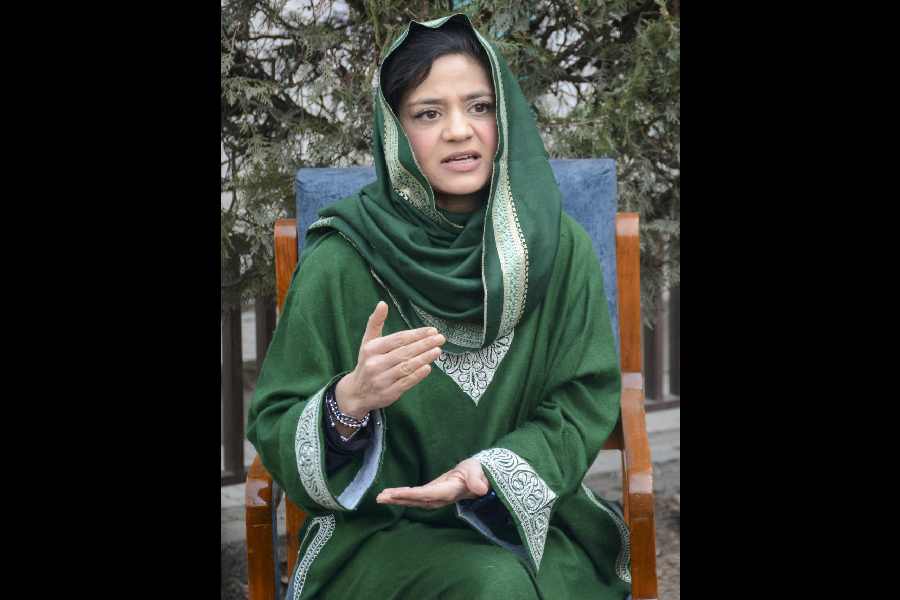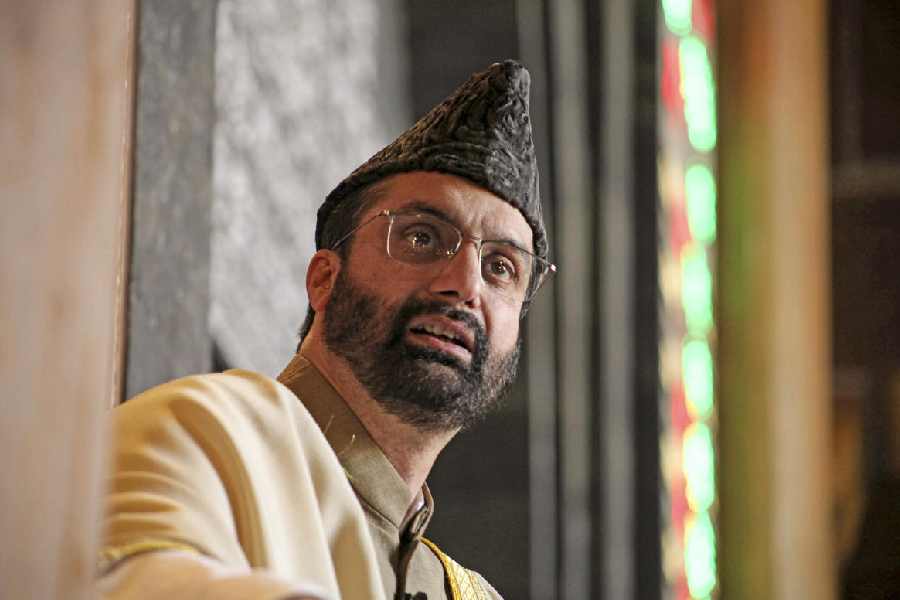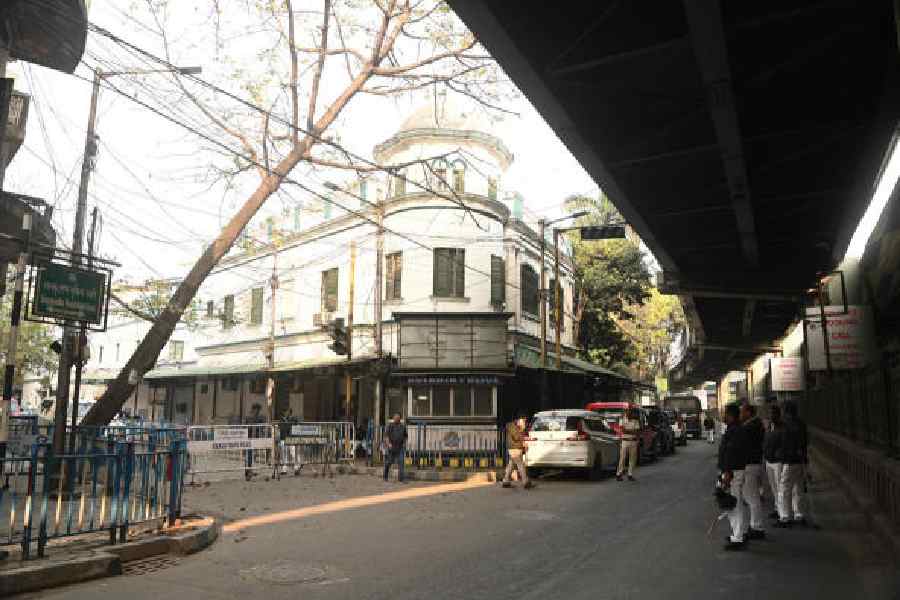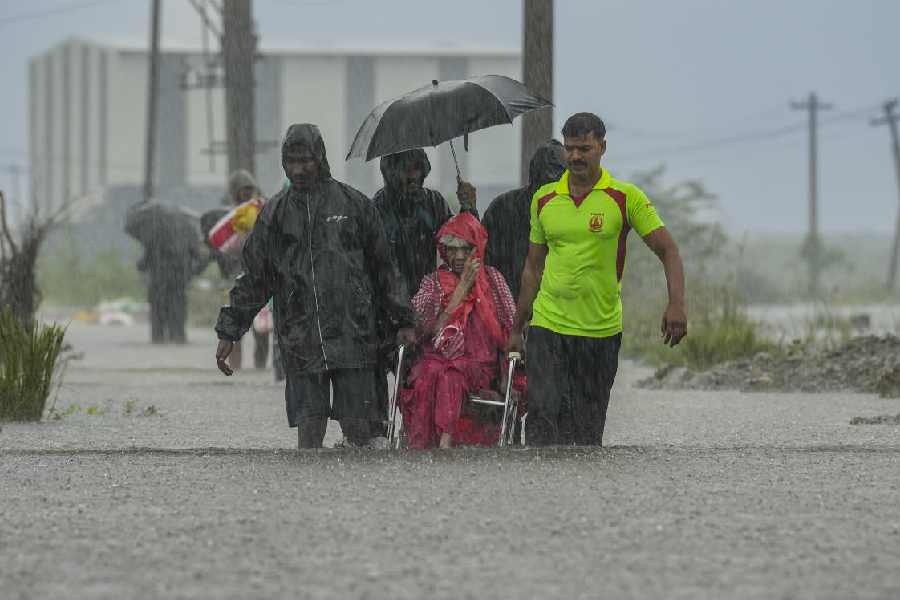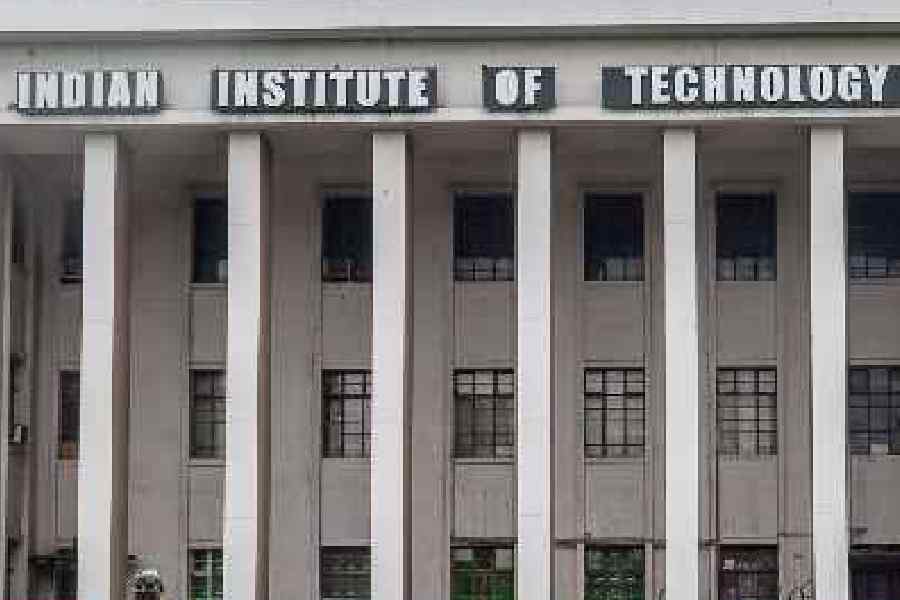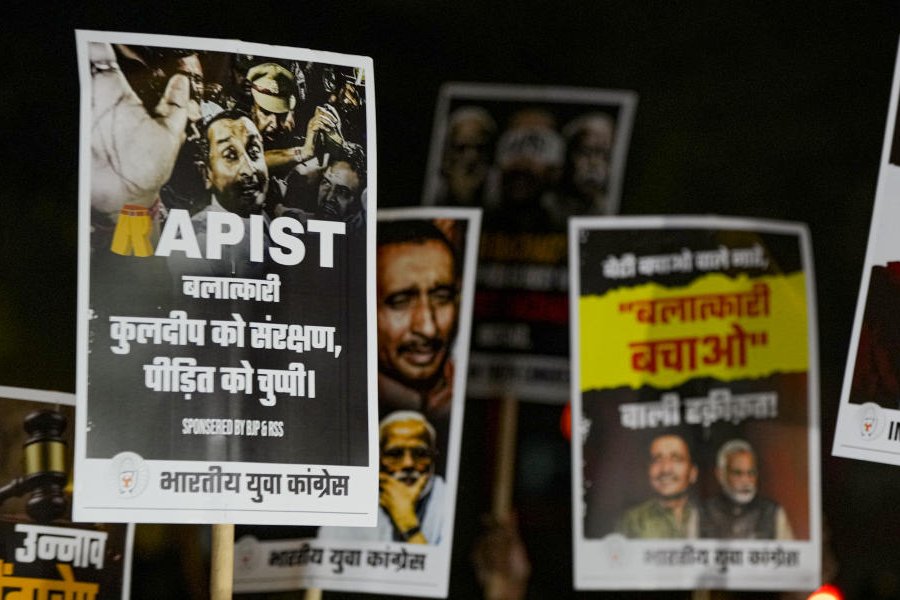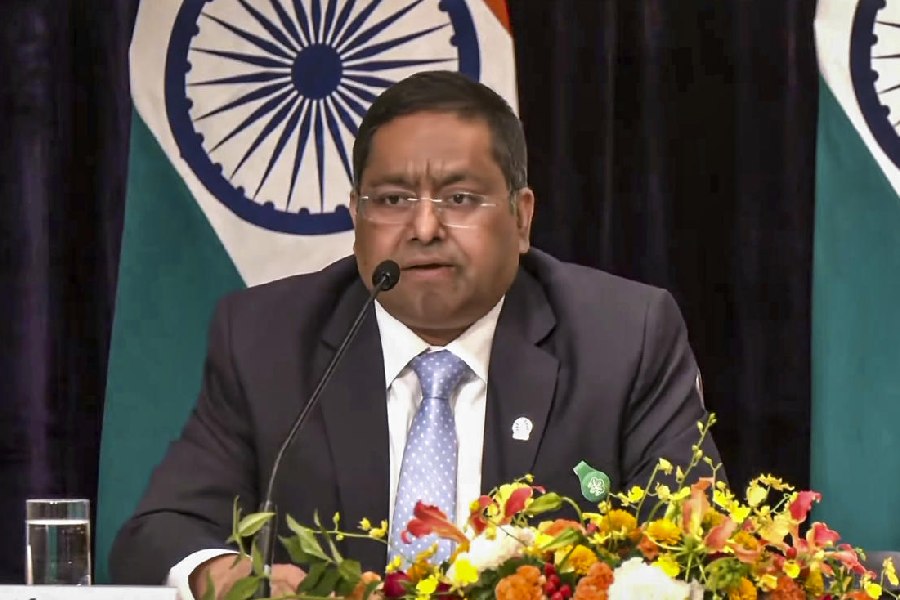 |
| A replica of the famous sculpture of a horse trampling soldiers during the war at Konark symbolising the state’s valour and pride. |
History has witnessed many great struggles and revolutions when people wished to unite for their bonding of a common language. The formation of Orissa, 75 years ago, on April 1, 1936, was the outcome of decades-long consistent efforts to revive Oriya language and bring together Oriya speaking people scattered across different provincial administration divisions of the British government.
 |
The demand for a separate province of Orissa was rooted in the linguistic revolt in Sambalpur that took strong shape in 1895. People in the region were displeased with the British administration’s decision of making Hindi the official language since it was then included under the Madhya Pradesh province.
The cultural movement championed by leaders like Dharanidhar Mishra, Madanmohan Mishra, Balabhadra Supakar, Gangadhar Meher was successful since Sambalpur and few other princely estates of Western Orissa were merged with Orissa division in 1905. However, tributaries of this cultural movement had already reached all Oriya speaking tracts and movements on linguistic basis had already begun in the Orissa division that was then a part of the Bengal province and many Oriya speaking zones in the Bihar and Madras presidencies. The cultural movement soon became a political movement and the demand for a separate province for Oriya speaking people, who were scattered in different presidencies and ambiguous divisions of the British administration, was proposed by various leaders. In 1902, the king of Balasore, Baikunthanath Deb had presented a proposal to the then Viceroy of India, Lord Curzon, to formulate a state on the basis of Oriya language.
The most remarkable event in this regard was the formation of Utkal Sammilani under the aegis of Father of Oriya nationalism Utkal Gourav Madhusudan Das. Inspired by the demand for an Oriya state by Khallikote king Harihara Mardaraj and Nilamani Bidyaratna of Ganjam, the Utkal Sammilani conference followed suit in 1903, headed by Mayurbhanja king Ramachandra Bhanjadeo. Many well-known leaders and personalities were members of the conference.
While these leaders also joined the National freedom movement and Mahatma Gandhi’s Non-co-operation movement in 1920s, the movement for the Oriya state continued hand-in-hand.
As a member of the Central Assembly, Nilakantha Das moved a resolution for the formation of a separate province of Orissa in February 1927. In 1927-28, the Simon Commission began its enquiry on the same and the report was published in 1930-31. Meanwhile, King of Parlakhemundi, Maharaja Krushna Chandra Gajapati represented the Bihar-Orissa assembly at the Round Table Conference in London in 1930 and put forward the demand for the Oriya state. This led to the formation of the O’Donnell Boundary Commission in 1931 that was given the responsibility to prepare a map of Orissa in 1932. The committee prepared a map separating Paralakhemundi and Jeypore. However, intervention of Madhusudan Das, Barrister Biswanath Mishra and others finally reinstated these regions in the map.
While the state mourned the death of Madhusudan Das in February 1934, the Oriya state was formed in 1935 under the Indian Administrative Act. On 1st April 1936, a state for Oriyas – Orissa, took birth. While Krushna Chandra Gajapati took over as the first Prime Minister of Orissa, Mandhata Gorachand Patnaik and Latifur Rehman took over ministries of the state. Sir John Austin Hubback was appointed the first governor of the newly born Orissa.
 |
CHRONOLOGY OF A STATE’S FORMATION
1895: Linguistic movement gained momentum in Sambalpur (then a part of Madhya Pradesh division)to join the major Oriya speaking Orissa division
1898: Madhusudan Das was elected to Bengal Legislative Assembly
1902: The king of Balasore, Baikunthanath Deb had presented a proposal to the then Viceroy of India, Lord Curzon, to formulate a state on the basis of Oriya language
1903: Utkal Sammilani or Utkal Union Conference, initiated by Madhusudan Das, held its first meeting, presided by Mayurbhanj king Ramachandra Bhanjadeo
1905: Sambalpur and few other princely estates of Western Orissa were merged with Orissa division
1911: Bihar and Orissa separated from Bengal province
1921: Mahatma Gandhi first visited Orissa and the leaders here joined the Non-Co-operation movement for National freedom
1922: Harekrushna Mahtab was sentenced to one year Rigorous Imprisonment in July on the charges of instigating the Kanika rebellion
1923: Madhusudan Das resigned from the Ministership of Bihar-Orissa Government
1928: Gandhi’s third visit to Orissa and death of Utkalmani Gopabandhu Das
1931: Parlakhemundi king Krushna Chandra Narayan Gajapati attended the First Round Table Conference in London in January and demanded a separate province for Orissa
1932: In the Second Round Table Conference in September it was decided that a separate province for Orissa would be formed
1934: Madhusudan Das died
1935: Formulation of the Oriya state was made under the Indian Administrative Act
1936: Orissa became a separate province


